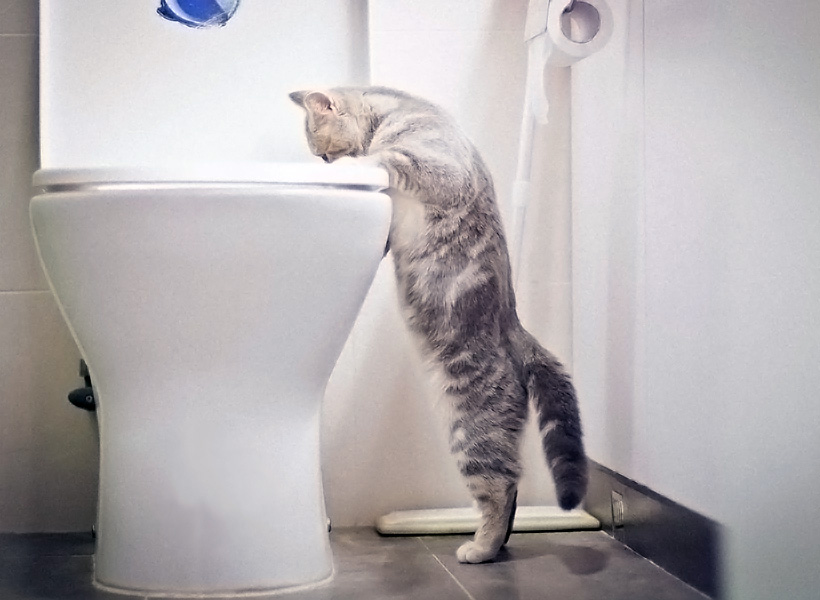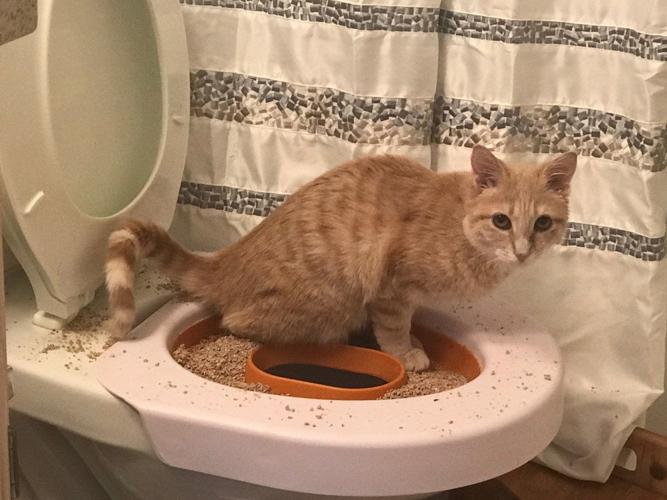We have unearthed this post about How to Dispose of Cat Poop and Litter Without Plastic Bags below on the web and felt it made perfect sense to share it with you in this article.

Intro
As feline owners, it's vital to bear in mind exactly how we dispose of our feline close friends' waste. While it might seem hassle-free to flush pet cat poop down the bathroom, this practice can have damaging consequences for both the setting and human health.
Ecological Impact
Flushing feline poop presents damaging virus and parasites right into the water supply, presenting a substantial risk to water ecosystems. These pollutants can adversely influence aquatic life and compromise water high quality.
Health and wellness Risks
Along with environmental concerns, purging cat waste can additionally position health threats to people. Cat feces may include Toxoplasma gondii, a parasite that can create toxoplasmosis-- a potentially severe ailment, specifically for expecting females and individuals with weakened body immune systems.
Alternatives to Flushing
Thankfully, there are more secure and more responsible ways to take care of cat poop. Consider the complying with options:
1. Scoop and Dispose in Trash
One of the most typical approach of dealing with feline poop is to scoop it into a biodegradable bag and throw it in the garbage. Make certain to make use of a committed clutter scoop and get rid of the waste quickly.
2. Use Biodegradable Litter
Opt for eco-friendly feline litter made from products such as corn or wheat. These trashes are environmentally friendly and can be safely gotten rid of in the garbage.
3. Bury in the Yard
If you have a yard, think about hiding cat waste in an assigned area far from veggie yards and water sources. Be sure to dig deep enough to prevent contamination of groundwater.
4. Set Up a Pet Waste Disposal System
Purchase a family pet waste disposal system particularly made for cat waste. These systems use enzymes to break down the waste, decreasing odor and ecological effect.
Final thought
Liable animal possession expands past offering food and shelter-- it also includes appropriate waste management. By refraining from purging pet cat poop down the commode and choosing alternate disposal methods, we can decrease our ecological footprint and protect human wellness.
Why Can’t I Flush Cat Poop?
It Spreads a Parasite
Cats are frequently infected with a parasite called toxoplasma gondii. The parasite causes an infection called toxoplasmosis. It is usually harmless to cats. The parasite only uses cat poop as a host for its eggs. Otherwise, the cat’s immune system usually keeps the infection at low enough levels to maintain its own health. But it does not stop the develop of eggs. These eggs are tiny and surprisingly tough. They may survive for a year before they begin to grow. But that’s the problem.
Our wastewater system is not designed to deal with toxoplasmosis eggs. Instead, most eggs will flush from your toilet into sewers and wastewater management plants. After the sewage is treated for many other harmful things in it, it is typically released into local rivers, lakes, or oceans. Here, the toxoplasmosis eggs can find new hosts, including starfish, crabs, otters, and many other wildlife. For many, this is a significant risk to their health. Toxoplasmosis can also end up infecting water sources that are important for agriculture, which means our deer, pigs, and sheep can get infected too.
Is There Risk to Humans?
There can be a risk to human life from flushing cat poop down the toilet. If you do so, the parasites from your cat’s poop can end up in shellfish, game animals, or livestock. If this meat is then served raw or undercooked, the people who eat it can get sick.
In fact, according to the CDC, 40 million people in the United States are infected with toxoplasma gondii. They get it from exposure to infected seafood, or from some kind of cat poop contamination, like drinking from a stream that is contaminated or touching anything that has come into contact with cat poop. That includes just cleaning a cat litter box.
Most people who get infected with these parasites will not develop any symptoms. However, for pregnant women or for those with compromised immune systems, the parasite can cause severe health problems.
How to Handle Cat Poop
The best way to handle cat poop is actually to clean the box more often. The eggs that the parasite sheds will not become active until one to five days after the cat poops. That means that if you clean daily, you’re much less likely to come into direct contact with infectious eggs.
That said, always dispose of cat poop in the garbage and not down the toilet. Wash your hands before and after you clean the litter box, and bring the bag of poop right outside to your garbage bins.
https://trenchlesssolutionsusa.com/why-cant-i-flush-cat-poop/

I discovered that page on Don’t flush cat feces down the toilet while perusing the internet. Do you know about somebody who is excited by the topic? Feel free to promote it. Thanks a lot for your time. Don't forget to stop by our site back soon.
Click For More Information
Comments on “Why You Should Avoid Flush Cat Poop Down Your Toilet - Important Information”